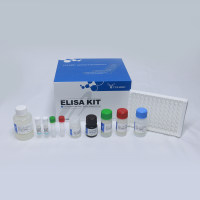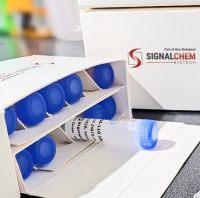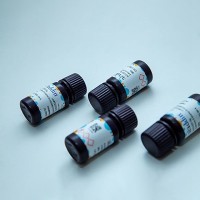Quantitative PCR with Internal Standardization and OLA-ELISA Product Analysis for the p53 Tumor Suppressor Gene
互联网
537
Over the last nine years, several quantitative polymerase chain reaction (QPCR) techniques have been developed, and these are now frequently used for the quantification of DNA template copy numbers. However, only few of these PCR techniques are suitable for the precise and absolute quantification of the template copy number (1,2). For this purpose, we describe here a quantitative PCR strategy that uses a known amount of an internal standard DNA that is amplified in competition with the sample template, using one common PCR primer pair and identical primer binding sites for both templates (2–4). In the literature, several variants of internal control sequences were used for the purpose of standardization, e.g., (i) homologous gene sequences of closely related species; differing in few bp, slightly in length and/or absence or presence of restriction sites (5,6), (ii) sample DNA derived sequences that are shortened by a deletion (7) or (iii) lengthened by an insertion (8); (iv) competitor fragments that contain more (9); or (v) less (10) extended heterologous sequence strings; or (vi) differ only by one or two bp, thereby replacing a sample specific restriction site by unique one specific to the internal control DNA (1,11,12). But only the last type of the internal control templates that differ in a negligible manner from the sample DNA sequenc is suitable for precise quantifications, as could be shown by theoretical considerations (2) as well as experimentally (1). Even in the case of a homologous internal control sequence of identical length as the sample sequence and differing by less than 5% in sequence, the two templates are not amplified with the same efficiency and therefore do not fulfill the criteria of ideal competition (2), as could be shown (6).









